Thermal insulation is the use of a material with low overall conductance to reduce the energy flow across another material. The insulation acts to retard and/ or reduce the flow of heat, thus it must have a high resistance (resistance being the inverse of conductance).
In general, apart from vacuum, the worst conductors of heat are gases, and these insulate best when convection within the gas can be suppressed. Fibrous blankets in which the gas is trapped in a mat made from a low conductivity solid – such as glass or organic fibre (wool or polyester) – are good insulators, and closed-cell foams in which the gas is trapped in bubbles in a poor conductor such as polystyrene or polyurethane are even better.





